2023 Toyota Sequoia Hands-On Preview: 5 Things We Learned About the Big Hybrid SUV

To call the 2023 Toyota Sequoia “overdue” is an understatement.
We’ve run out of ways to call Toyota’s big body-on-frame SUV—and the related Tundra pickup—ancient. With the Tundra getting a fresh new generation this year however, it was only a matter of time before the Sequoia followed suit. Sure enough, when we were in California last week to drive the new Tundra Capstone, Toyota held its world reveal of the 2023 Sequoia.
Given the 15 years since the last new model, it’s obvious a lot has changed. A new platform, new hybrid powertrain, new trims—you get the idea. We were able to go hands-on around pre-production examples of both the Sequoia Capstone and Sequoia TRD Pro at the event. Here’s what we learned.
All hybrid, all the time
For the third generation of Toyota’s largest SUV, it’s hybrid time. Yes, like the Venza and Sienna did last year, the Sequoia is launching only as a hybrid. The powertrain, dubbed i-Force Max, is the same one found in the upper-trim Tundras. A twin-turbo 3.4-liter V6 (Toyota calls it a 3.5-liter) is paired with a motor generator within the bell housing, between the engine and 10-speed automatic transmission. Combined outputs are a healthy 437 horsepower and 583 pound-feet of torque. That pins the Sequoia right near the front of the class, with far and away the most torque of the full-size SUV set.
SEE ALSO: 2022 Toyota Tundra Capstone First Drive Review: Fancy FlagshipAll 2023 Sequoia trims bar the TRD Pro come standard with rear-wheel drive. The Pro uses a part-time 4WD system, which is available on the rest of the trims. As in other models that use this system, drivers will be able to select drive modes via a center console switch.
Toyota won’t talk fuel economy quite yet. However, the rear-drive Tundra hybrid is rated at 21 mpg city and 24 mpg highway; we expect the Sequoia to post slightly better numbers, thanks to its more aerodynamic shape. Meanwhile, the Sequoia is rated at a maximum of 9,000 pounds of towing capacity.
The 1.9-kWh nickel-metal hydride battery pack sits below the third row of seats. This is different from both the Tundra and Highlander hybrids, which situate the pack under the second row.
Sliding third row
There’s a knock-on effect to that battery placement: each row sits slightly higher than the one in front. That’s great for a clear outside view. But in an unusual move, Toyota has locked the second row seats in place, with no ability to slide them fore or aft. A bench row is standard, but both examples AutoGuide checked out had the optional second-row captain’s chairs. A tumble function moves the seat up and forward for easier access to the way-back. There’s a reasonably sized access port in result, but the third row sits low to the ground, so adults will have their knees near their chin.
But wait, the third row slides by up to 6.0 inches (152 millimeters). That frees up legroom, but headroom shrinks the further the seats slide. I’m 5’10” and my head was firmly against the headliner. Similarly, middle-row headroom is only okay in the Capstone, since the indent for the large panoramic moonroof eats into space.
There’s another compromise: that battery pack means the third row won’t fold flat. Toyota has included a novel multi-level rear cargo shelf so that the load space can be level with the seatbacks when they’re folded. But if you’re looking for the sort of cavernous seats-down space you’ll find in, say, a Tahoe, you’re going to be disappointed.
SEE ALSO: 2021 Chevrolet Tahoe Diesel Review: When You Get It RightStrong design features
If I had to sum up the Sequoia in a Twitter-friendly amount of characters, it’d be “Tundra SUV.” The front-end shares its headlights (with functional air curtains) and hood with the truck, yes. Beyond those roots, however, the big tree forms its own look.
The most recognizable—and, to these eyes, welcome—change is in the shape of the grille. The hexagon shape gives the Sequoia familial bonds with the Highlander and RAV4. It also ditches that weird handlebar mustache feel that the Tundra has, a look made worse by the lower bumper protrusion.
Along the sides, two strong character lines punctuate the wheel arches, giving the Sequoia a planted, substantial look. There are nods to the rest of the Toyota SUV family in the blacked-out A-pillars and angular rear window line. Around back, there are thin taillights, another staple of modern Toyota SUVs. Overall, the Sequoia looks good in the metal, with the sense that it was hewn from a single piece of granite.
SEE ALSO: 2022 Jeep Wagoneer First Drive Review: A Classic Name Takes Jeep To New HeightsCapstone: it’s a thing now
Toyota is keen to spread the Capstone love. The trim debuted on the Tundra, and sure enough, it will function as the top model for the Sequoia lineup too. High-lux SUVs are a big deal, after all.
The Sequoia follows the Tundra’s lead here, with a tuxedo-like black-and-white color scheme inside. The experience is much the same from the front row: there’s leather at most touch points, or open pore wood.
The wonderful 14.0-inch infotainment screen and 12.3-inch digital instrument panel combo are both here too. Toyota’s new infotainment system has leapfrogged ahead; it’s neck and neck with Uconnect 5 for the best mainstream system in the segment, in my mind.
SEE ALSO: Chevrolet Tahoe vs Nissan Armada Comparison: Goliath vs GoliathThere’s two major nits to pick within the Sequoia—and I mention both knowing this is a pre-production model. For starters, the plastic tray in the front row center console feels very cheap. Similarly, I was let down with the afterthought plastic bin between the second-row captain’s chairs. This is the top trim of the Sequoia, one that will probably retail for well over $70,000 USD. If Toyota is going to fill that space, an actual center console for second-row passengers should be there.
Replaces two vehicles, not just one
It’s no secret that the Land Cruiser isn’t coming to North America for its latest generation. Or that the Lexus LX600 is essentially a luxed-up version of the old LC. The global-market ‘Cruiser shares its TNGA-F platform with the LX600, Sequoia, and Tundra, after all.
Thus, Toyota and Lexus are working together to replace the Land Cruiser. The Sequoia ostensibly covers the lower end. There will be the off-road-oriented TRD Pro, which features unique Fox internal bypass shocks, skid plates, Multi-Terrain Select, and a locking rear differential. Keen off-roaders will note that the Sequoia’s overhangs are longer than the LC’s, however. It’s also lacking a full-time 4WD system. Then again, even with LC sales up and Sequoia sales down in 2021, the latter sold over double the former.
Speaking of, the 2023 Toyota Sequoia is set to go on sale this summer. Expect further details on the big hybrid SUV before then.
Become an AutoGuide insider. Get the latest from the automotive world first by subscribing to our newsletter here.
Discuss this story on our 3rd Gen Tundra forum.

Kyle began his automotive obsession before he even started school, courtesy of a remote control Porsche and various LEGO sets. He later studied advertising and graphic design at Humber College, which led him to writing about cars (both real and digital). He is now a proud member of the Automobile Journalists Association of Canada (AJAC), where he was the Journalist of the Year runner-up for 2021.
More by Kyle Patrick



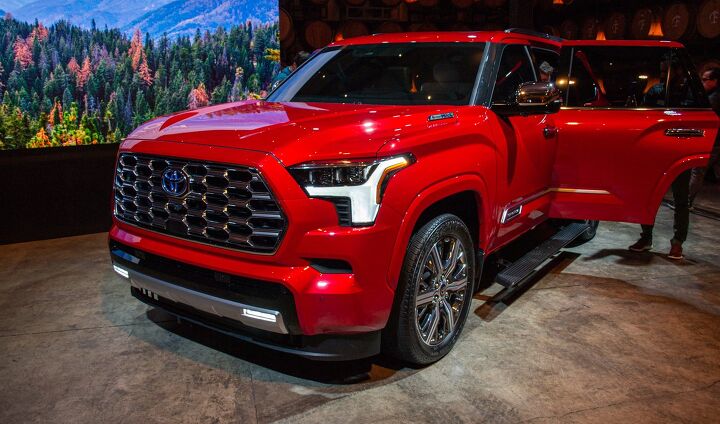






















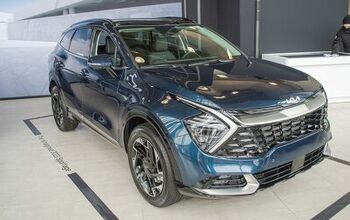
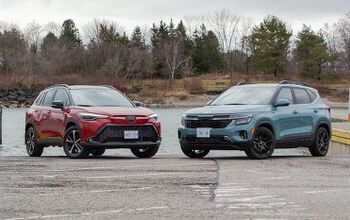


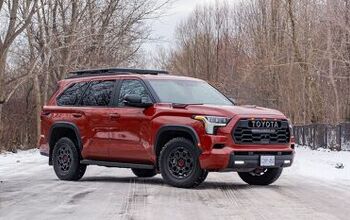
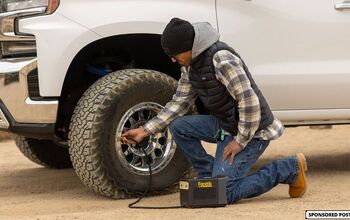

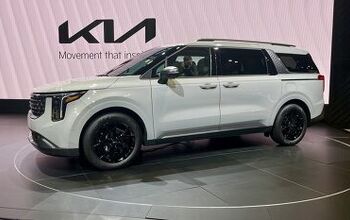

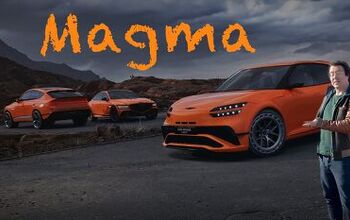


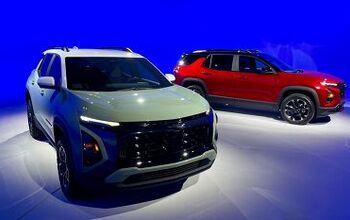


Comments
Join the conversation
Probably in person it doesn't look bad at all, but what about making that grill/front end a little more distinguished from the Tundra?
I would buy this in a heartbeat if this country could get a handle on the gas/petroleum debacle. The other challenge is all those moving parts under the hood and the cost associated with maintaince and fixing mechanical things that wear out over time.